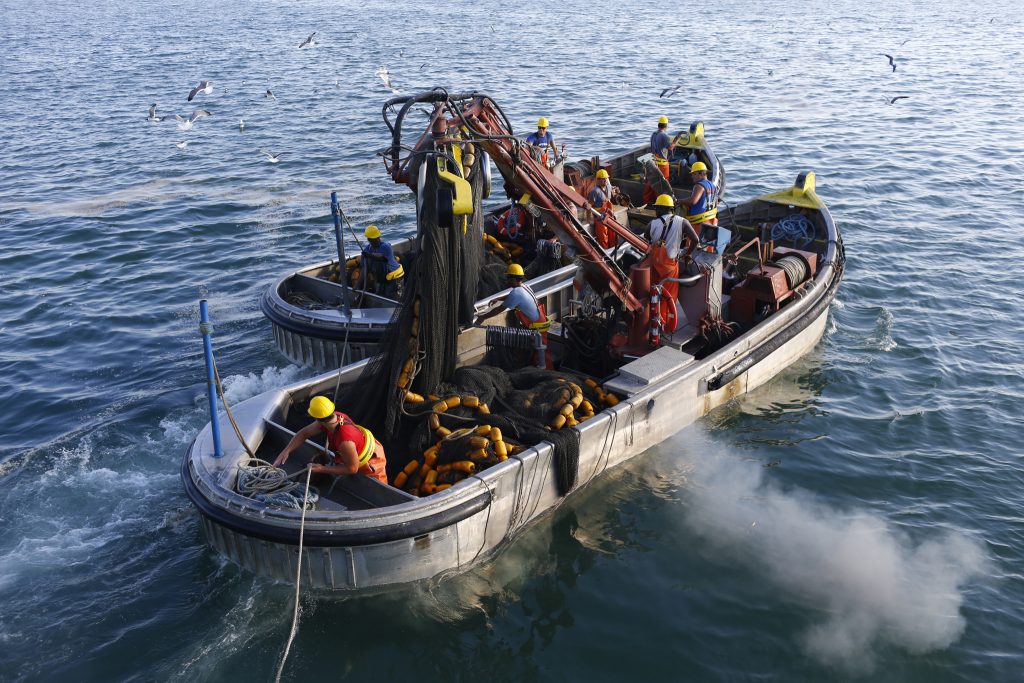March 7, 2018 — University of Washington fisheries researcher Ray Hilborn said that a new study using satellite data from industrial fishing vessels to map global fishing effort fails to provide any new insight, despite media reports indicating otherwise.
The study, published in Science in February, used messages transmitted between 2012 and 2016 from the automatic identification systems (AIS) of more than 70,000 industrial fishing vessels to create a global footprint, concluding that “industrial fishing occurs in over 55 percent of ocean area,” according to the abstract.
But Hilborn said the vessels monitored for the study were in large part tuna boats over 100 feet, which have been monitored for decades.
“Most of the footprint data they have is from high-seas tuna fishing, because that’s really the only thing that goes on on the high seas. Maps of the tuna long-lining and seining distribution have been distributed as part of the standard operating procedure by the tuna RFMOs [regional fisheries management organizations] for decades. I remember looking at them 30 or 40 years ago. There’s nothing new about this – that tuna fishing goes on across much of tropical oceans and some of the temperate oceans,” Hilborn told SeafoodSource.
Not only is this not new information, Hilborn said, but it does little to measure the impact of trawling on certain ecosystems, which Hilborn said can be much more severe than high-seas fishing.
“A place that has had one long-line for albacore or big-eye tuna in five years is obviously not very heavily fished, he said. “But if you go to Southeast Asia, we can calculate how often the average piece of bottom is trawled a year. In the U.S., depending on where, it’s about once every three years. In Southeast Asia or India, they are trawled 10 to 20 times a year. That means the impact of fishing there is probably 1,000 times higher than it is on the high seas where someone once visited with a long-line boat.”
Furthermore, the trawling data provided in the new study, Hilborn said, overestimates the proportion of the sea-bed that is affected by 10 times. Hilborn and his team have just completed a five-year study that attempts to provide a finer-grained look at the impact of trawling by aggregating data from vessel-monitoring systems, logbooks, and on-board observations.
Read the full story at Seafood Source


